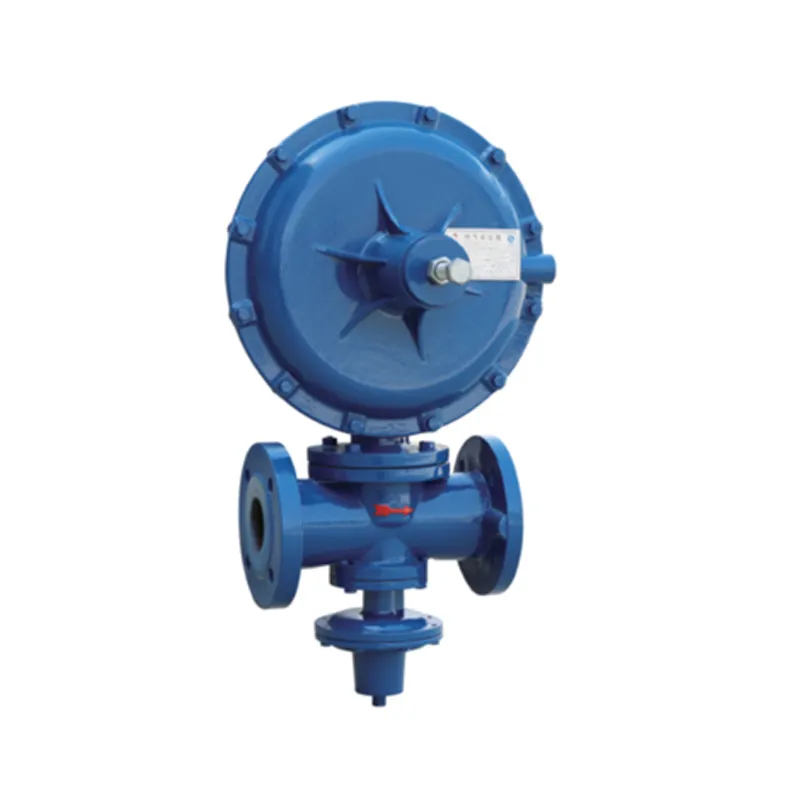
Dec . 26, 2024 09:13
Back to list
Optimizing Gas Separation Processes with Innovative Coalescing Techniques for Enhanced Efficiency
Understanding Gas Coalescers Importance and Applications
In various industrial processes and applications, the separation of gas and liquid phases is crucial for efficiency, safety, and product quality. One essential device commonly used for this purpose is the gas coalescer. This article explores the working principles, benefits, applications, and maintenance of gas coalescers, emphasizing their significance in modern industries.
What is a Gas Coalescer?
A gas coalescer is a filtration device designed to remove liquid droplets from gas streams. It operates on the principle of coalescence, where small droplets merge into larger ones, facilitating their removal from the gas phase. This technology is essential in industries where gas purity is paramount, such as oil and gas, petrochemical manufacturing, and environmental protection.
How Does a Gas Coalescer Work?
The operation of a gas coalescer involves several stages. Initially, the gas stream enters the coalescer and passes through a filter media designed to capture liquid droplets. The filter's surface is engineered to promote the coalescence of these droplets. When smaller droplets contact each other, they join to form larger droplets due to surface tension. As these larger droplets accumulate, they become heavy enough to overcome gravitational forces and fall to the bottom of the coalescer, where they can be drained off.
In many designs, gas coalescers incorporate multiple stages of filtration, with finer media used in subsequent stages to ensure maximum droplet removal. Depending on the specific application, coalescers can be configured in various ways, including vertical, horizontal, or even in-line arrangements. The choice of configuration often depends on space constraints and the nature of the gas and liquids being processed.
Benefits of Using Gas Coalescers
Gas coalescers offer several benefits to industries, including
1. Enhanced Product Quality By efficiently removing moisture and liquid contaminants, gas coalescers help improve the quality of the final product, ensuring compliance with industry standards and customer specifications.
2. Environmental Protection Coalescers play a vital role in minimizing the emission of harmful substances into the environment. By preventing liquid carryover into gas streams, they help meet regulatory requirements and reduce the risk of environmental contamination.
gas coalescer

3. Increased Process Efficiency The removal of liquid contaminants not only protects downstream equipment but also enhances overall process efficiency. This translates into lower operational costs and improved productivity.
4. Minimized Equipment Damage Liquid droplets can cause significant damage to compressors, turbines, and other equipment. Gas coalescers protect these assets by preventing liquid from entering sensitive areas, thereby reducing maintenance costs and downtime.
5. Versatility Gas coalescers can be adapted to various processes and industries, making them an invaluable component in many applications, from natural gas processing to pharmaceutical manufacturing.
Applications of Gas Coalescers
Gas coalescers find applications across a wide range of industries, including
- Oil and Gas In natural gas processing, coalescers are used to remove water and hydrocarbon condensates, ensuring the gas meets the specifications for transport and sale. - Petrochemical Coalescers help maintain the purity of gases used in chemical production processes, thereby enhancing product quality and process efficiency.
- Wastewater Treatment They are employed to prevent the escape of harmful contaminants during the gas flaring process in wastewater treatment facilities.
- Power Generation In power plants, gas coalescers protect turbines and compressors from liquid carryover, ensuring reliable operation and performance.
Maintenance and Best Practices
To ensure the effective operation of gas coalescers, regular maintenance and monitoring are necessary. This includes routine inspection of filter elements, timely replacement of filter media, and monitoring pressure differentials across the coalescer to identify any performance issues.
In conclusion, gas coalescers are integral to ensuring the purity and quality of gas streams in various industrial applications. Their ability to efficiently remove liquid particles and protect equipment underscores their significance in maintaining operational efficiency and environmental standards. As industries continue to evolve, the role of gas coalescers will undoubtedly remain critical in achieving optimal performance and sustainability.
Next:
Latest news
-
Safety Valve Spring-Loaded Design Overpressure ProtectionNewsJul.25,2025
-
Precision Voltage Regulator AC5 Accuracy Grade PerformanceNewsJul.25,2025
-
Natural Gas Pressure Regulating Skid Industrial Pipeline ApplicationsNewsJul.25,2025
-
Natural Gas Filter Stainless Steel Mesh Element DesignNewsJul.25,2025
-
Gas Pressure Regulator Valve Direct-Acting Spring-Loaded DesignNewsJul.25,2025
-
Decompression Equipment Multi-Stage Heat Exchange System DesignNewsJul.25,2025

